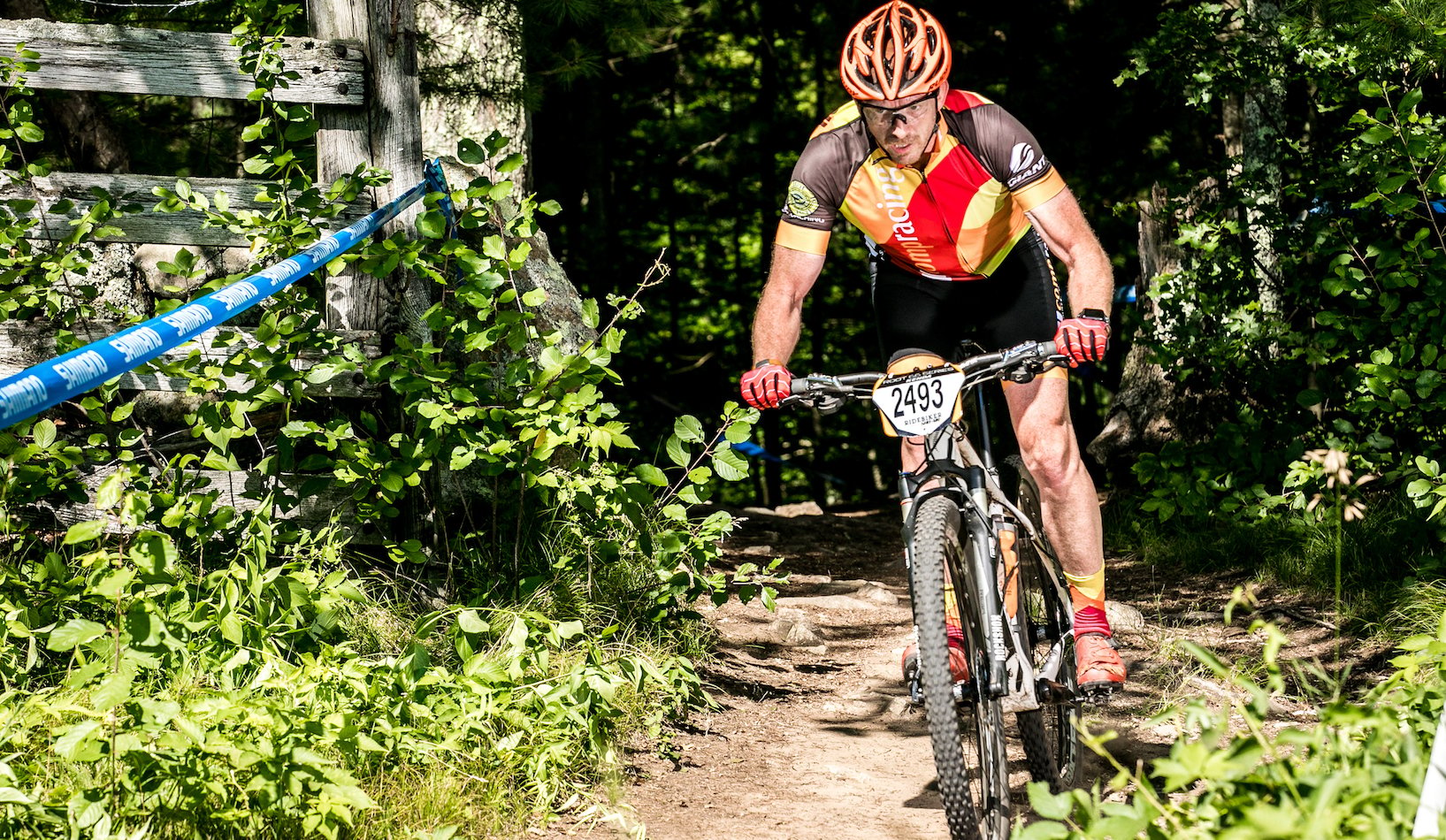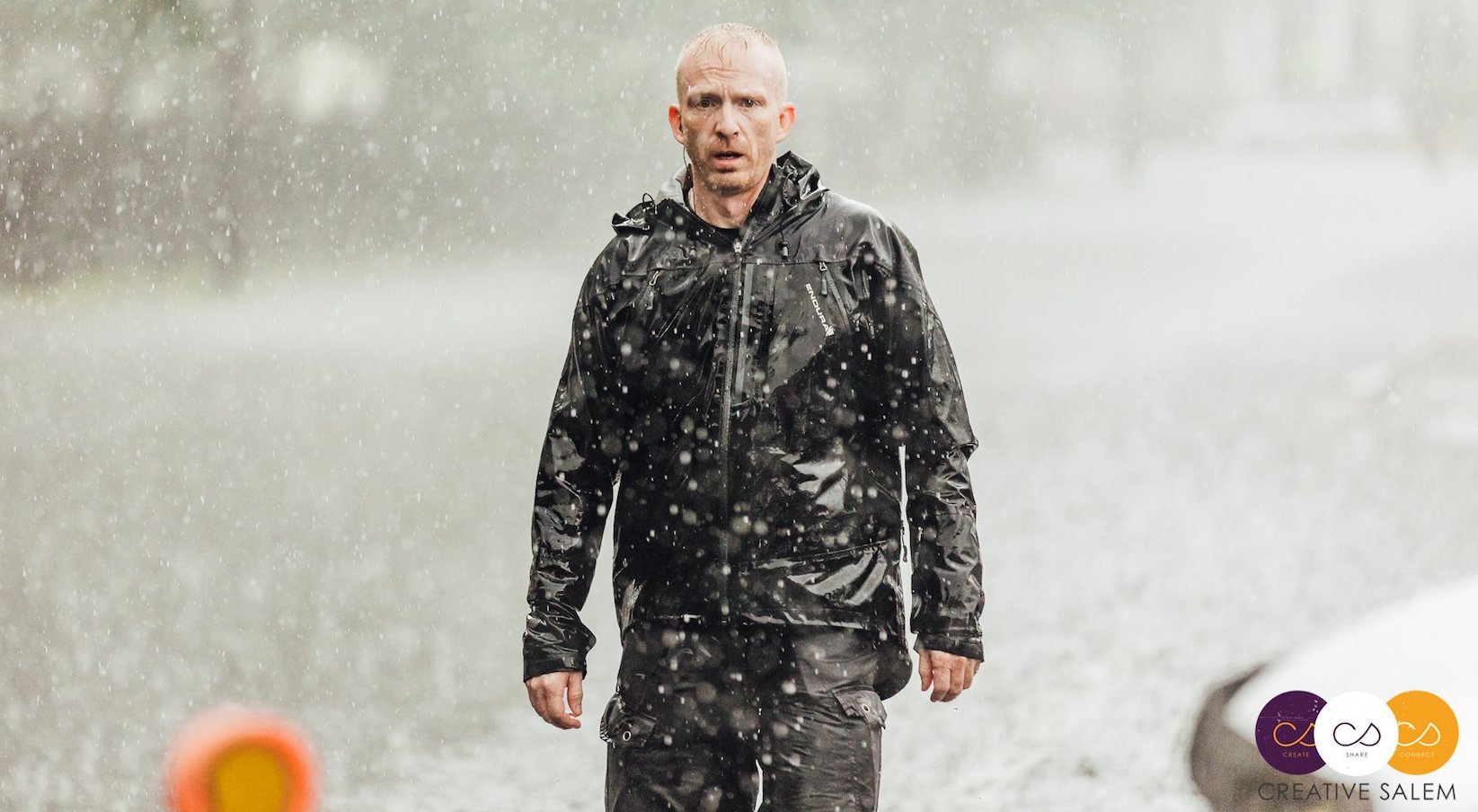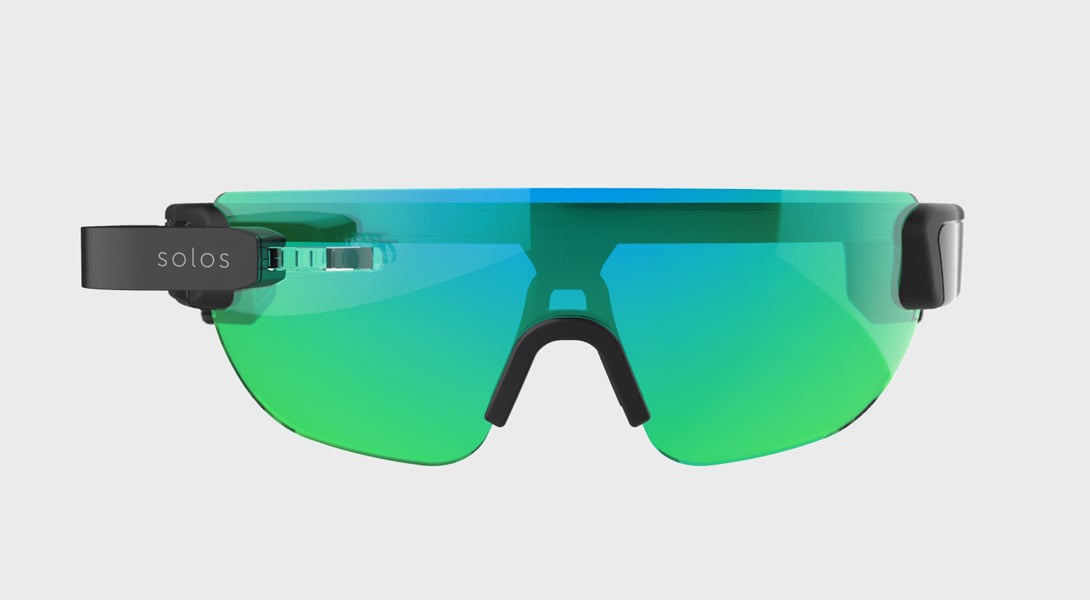Kurt Maw grew up in Guilford, CT and went to Boston University where he earned a B.S. in Biomedical Engineering. After working in prosthetics and orthopedics, he found his way to the design industry 19 years ago. Not just an accomplished product development professional who leads cross-functional teams on sophisticated projects. Kurt is also an accomplished Ironman triathlete, competitive cyclist, and founding partner of the revived Witches Cup Criterium in Salem, MA.
1. What should people know about you?
“I’d like to think I’m an open book, but here are a couple of things that might be interesting: While I was in college, I worked on a rose, hay and Christmas tree farm in Guilford, CT that was one of the largest greenhouses in the world. To this day, it’s still the job that I appreciate the most for what it taught me about hard work, the value of a dollar, and what can be learned from people of different cultures. (And, of course, roses and Christmas trees.) Beyond that, my degree is in biomedical engineering, and if I wasn’t an engineer, I would have been a musician; I’m a certified USA Cycling coach; I brought a frozen fish back to life after the bowl it lived in froze, I dabble in home-brewing, and I make my own jerky.”
2. How would you describe the role of Engineering in a design firm?
“I think the role of Engineering in a successful design firm is very broad; we have to be “jacks-of-all-trades.” It’s important for any engineer to have understanding and respect for all the different disciplines offered by the firm, and be able to play an integral role in harmonizing their work. We also develop core technologies for companies that may only have an idea of what they want but aren’t sure how to make it happen. We also help diagnose manufacturing issues for products that may already exist, and we assist our Research teams in uncovering unmet user needs. The beauty of Engineering’s role in a design firm is that we get to be the team that helps bring so many cool ideas and creations to life.”
3. You started your career in orthopedics. How did you end up in the design industry?
“My career path was probably not quite the normal one, but it has definitely been a fun one! During college and for a time after, I spent time in the VA Hospital system working on shoulder prosthetics and “harvesting” hips for a local orthopedic surgeon’s research. Once his funding ran out, I had to find a new job and ended up at a company called IEC, which made centrifuges. I spent about four years there and met one of my biggest mentors, Paul Sabin. He left IEC a bit before me, but called me one day and asked if I had any interest in the design industry. At the time, I didn’t know much about it, but I couldn’t see myself making things spin really fast for my whole career, so I took the leap. I figured I was young enough that if it didn’t work out, I would spend a year or two learning about the design industry and then move on to a more “traditional” engineering position. Almost 19 years later, I still have no desire to have a “traditional” engineering career. This industry is just way too much fun, and the learning curve is new for every project, which has always been important to me.”
 Kurt Maw cycling at the Barn Burner, an endurance mountain bike race in Walpole, MA. (2016)
Kurt Maw cycling at the Barn Burner, an endurance mountain bike race in Walpole, MA. (2016)
4. You’re a seasoned veteran at Essential. You’ve seen the firm grow from boutique design firm to recently become part of a global consultancy. How has the company evolved over your time here?
“Seasoned, weathered, call it what you will! I’ve been with Essential for 12 years, which is a bit of a rarity in the design industry. I think the best part of my time at Essential has been the opportunity to help play a role in the firm’s growth. I think what’s most interesting about the evolution and growth of Essential and the design industry as a whole, is that at the end of the day, we all still love to make things. Be it a physical product, a service, a core technology, or an app, we want to make actual things that people will use, not just talk about the strategy behind making them. We all want to have something to show at the end of the day that has an effect on someone’s life. With that desire to create as the foundation of our growth from a boutique firm to now a part of PA Consulting, I believe we have evolved in a way that is competitive and smart, but we haven’t lost our soul, and that’s the best part.”
5. What types of challenges do you see clients often facing in your work?
“There are three constraints that always come to mind: cost, time and quality. Within each of those constraints, the potential problems are endless. From the cost of the product or the cost of development, to the time for resources to execute on their ideas, or the ability to meet quality objectives, it’s our job to help guide clients using our experience to understand how those constraints can be managed and the risk associated with each one mitigated. Along with managing cost, time, and quality constraints, we actively engage with our clients to establish clear goals and maintain project focus. We all have natural tendencies - especially when we innovate - to be curious, to explore our options, and to ask questions. Asking “what if” can be a valuable tool for generating innovative ideas and solutions, but those “what ifs” can also derail a team and send them down paths that may or may not be fruitful if not properly managed. It’s our job to give clients the tools and information to make informed decisions so that those “what ifs” don’t result in second-guessing. Instead, with the right information, they will know that they have the correct product, feature set, tools, etc. to meet their requirements and their customers’ expectations.”
6. What qualities and skills do you look for in new hires?
“The beauty of looking for new hires in our industry is that there is no stereotypical engineer. Every one of us comes from a different background, but something we have in common is the desire to work with other people - not alone. We love to communicate and learn from others, and to think critically about how a decision at the beginning of a program can have a trickle-down effect all the way through to production. If a candidate has those skills and can not only get into the weeds of design but also come up to a 30,000-foot level and look objectively at solutions, they’ll do great!”
 Kurt Maw running a rainy Witches Cup in Salem, MA. (Photo Credit: John Andrews, 2016)
Kurt Maw running a rainy Witches Cup in Salem, MA. (Photo Credit: John Andrews, 2016)
7. You’re an avid cyclist and founded The Witches Cup bicycle race in Salem, MA which you’ve been running for over ten years. Tell us about the event, why you started it, and what goes into putting together such a large-scale event?
“The Witches Cup is a labor of love and has been for the last 12 years. For those not aware, the Witches Cup is a criterium in downtown Salem, MA, that has been a focal piece for the town’s annual Heritage Days celebration since 2007. This year, we are actually shifting our date to be part of New England Crit Week the second week of July on 7/11. Back in the ‘80s and ‘90s, the race existed during an era that many still see as the peak of American cycling, and was produced off and on under different names until 2001. In 2007, Dan Shuman from Salem Cycle approached me about bringing it back in a new format -a midweek crit. I also run a cycling and multi-sport team called Comprehensive Racing. At the time, to be recognized as a team by USA Cycling, you had to put on an event, so we figured, 'great, let’s do it!' And the rest is history.
In terms of putting on the event, my engineering degree helps because I need to analyze lots of different scenarios, from race costs and budgets to rider and pedestrian safety and everything in between, so that we can do our best to be prepared for just about any scenario. We learn something new every year, but there are a few things that never change. You can’t put on an event of this size without a focused planning team, an amazing volunteer staff, awesome racers, loyal sponsors, spectators and, most importantly, loved ones that put up with the chaos leading up to the race! It’s really been a fun event over the years, from being the MA State Championships multiple times, and having ex-Olympic and current pro athletes racing. A couple of years ago, during a span of about 45 minutes, we got 2-3 inches of rain. The course turned into a river, there were kids playing in ankle deep water on the Common; but no one left and racers kept doing their thing. It was amazing and I have one of my favorite photos from that day.”
8. Some would argue that engineers aren’t creative. What do you have to say about that?
“I’ll be the first to admit that engineers sometimes do have to adjust our creativity level to align with goals of a project, whether those goals are cost, time, or development complexity, but that is also part of what makes us creative. How do you find a solution that is elegant and creative yet still provides the right solution? That’s our sweet spot! Creativity comes in all sorts of forms - what is creative to one person isn’t creative to another. I would say that engineers, particularly those in the design industry, have to be creative because we have to be able to envision a product, sometimes from a sketch, and then help a client execute that idea… all from scratch! ”
9. Where do you turn to for inspiration?
“Left… I usually turn left for inspiration. ☺ Seriously, I find inspiration in all sorts of places, but my two main sources are nature and the bicycle. In so many cases, nature has already figured out many of our problems, so I find it interesting to see how we can take a concept that nature has perfected - and is even still evolving - and draw inspiration from nature’s solution to solve that problem. In other cases, you need to look at man-made objects or people and, in my case, I look at the bicycle. Sometimes from behind the bars, sometimes as an admirer. The bicycle is still one of the most efficient machines ever invented, and it hasn’t changed dramatically for the last 100 years. It’s even more efficient than walking, and we’ve been doing that for a REALLY long time! I’m a big fan of keeping designs simple and elegant, and the bicycle is a perfect example of that. There is very little extraneous material on a bike, which is why I find it so elegant.
 Solos, heads-up display sunglasses. Kurt Maw led Engineering Development on Solos for Essential Design. (2018)
Solos, heads-up display sunglasses. Kurt Maw led Engineering Development on Solos for Essential Design. (2018)
10. Think about one memorable project you’ve worked on in the past and tell us about it?
“I have to be honest, I’ve worked on so many interesting projects over the years that I could write a book about them. Every project always has something interesting about it, and that is what has kept me in the industry as long as I have. That said, usually the most memorable projects are the ones that involve a great team, including the client team, along with a unique challenge. Of the more recent programs, working to assist the team at Kopin Corporation develop the Solos Eyewear was a challenging, yet fun program. A small, independent team within Kopin came to us with a unique display technology that they wanted to incorporate into a pair of sunglasses targeting the cycling and triathlon markets. Because it was such a small team, it was almost like working with a startup, which is always good for an adrenaline rush. We worked with them to develop their user and functional specifications, develop prototypes used by the Women’s USA Cycling Track team to gather feedback, and we then built on that research and ultimately developed a product that filled an unmet need in the industry. It’s been a fun success story!
BONUS: Which book - which one book - are you planning on reading this year?
“Contrary to popular belief, I do read! That said, I am currently reading “The Sports Gene” by David Epstein and then I plan to read “The Champion’s Mind” by Jim Afremow. I’ve always been intrigued about what makes people tick, so books like this that help satiate both my athletic brain and my biomedical engineering brain are perfect!”
Want to know more about Mechanical Engineering and Engineering Development at Essential Design?



